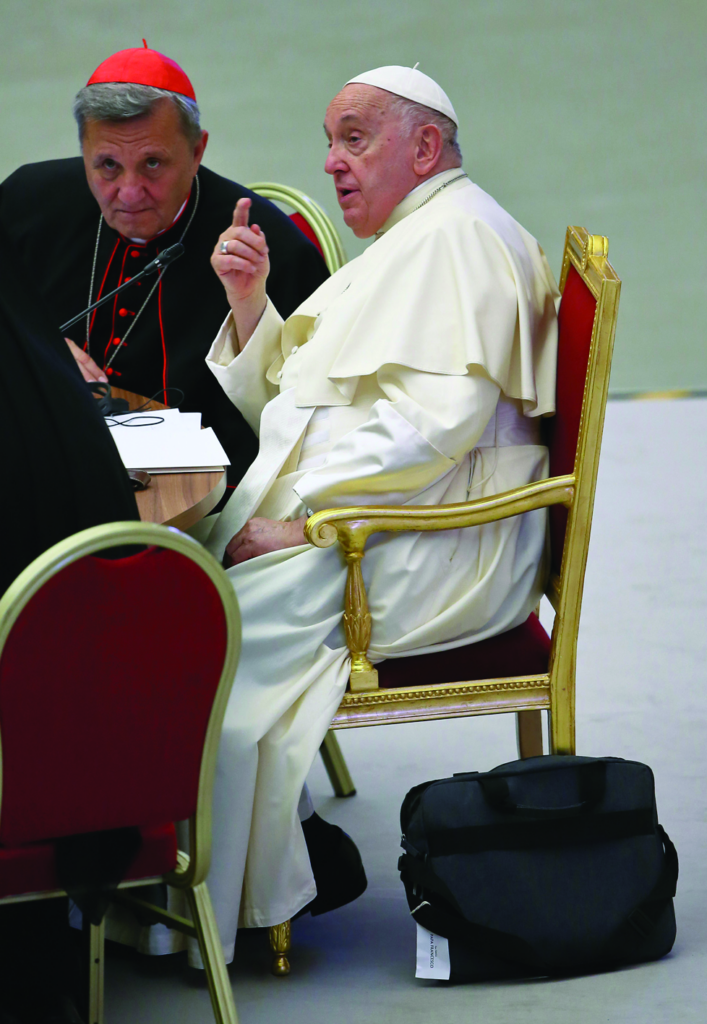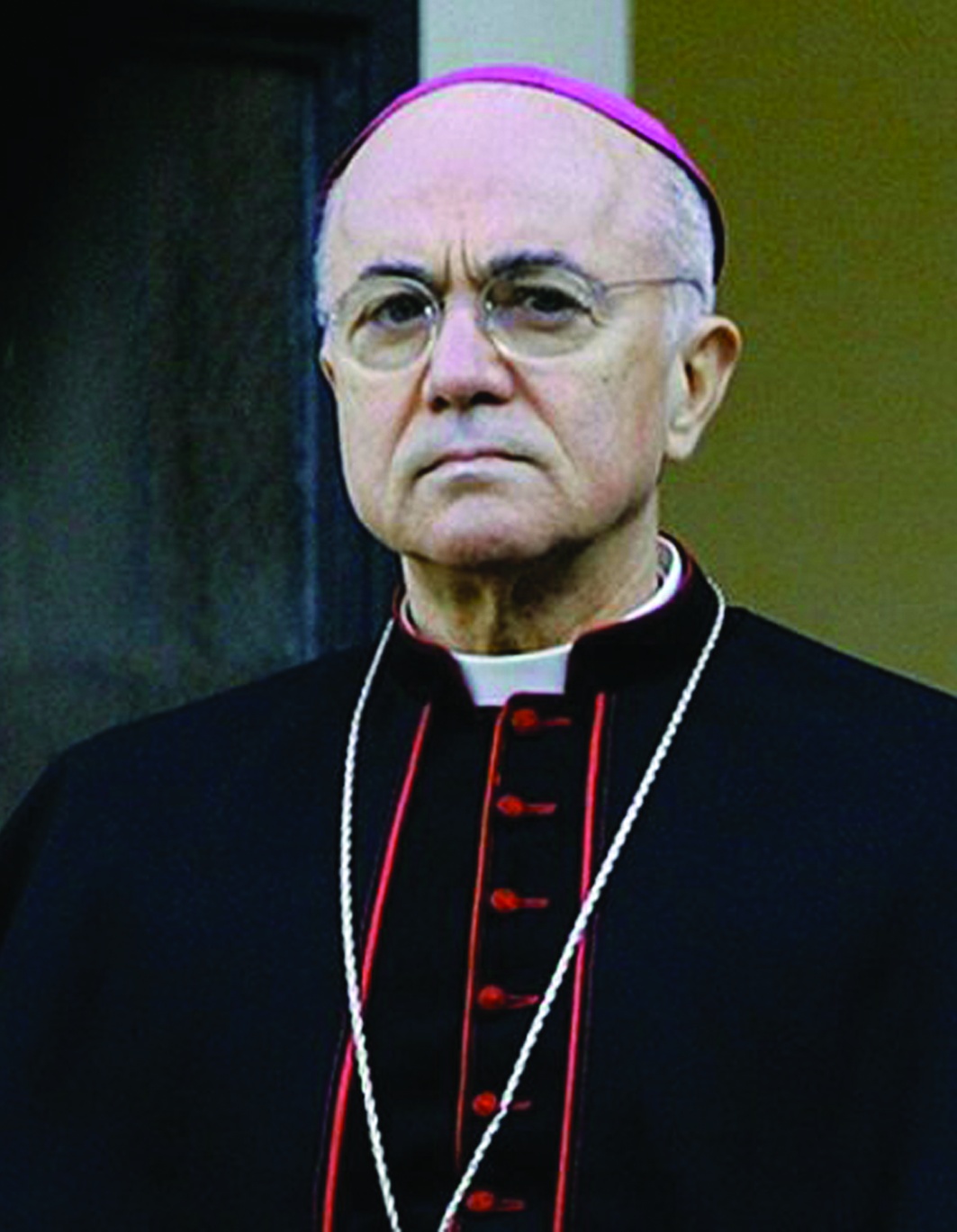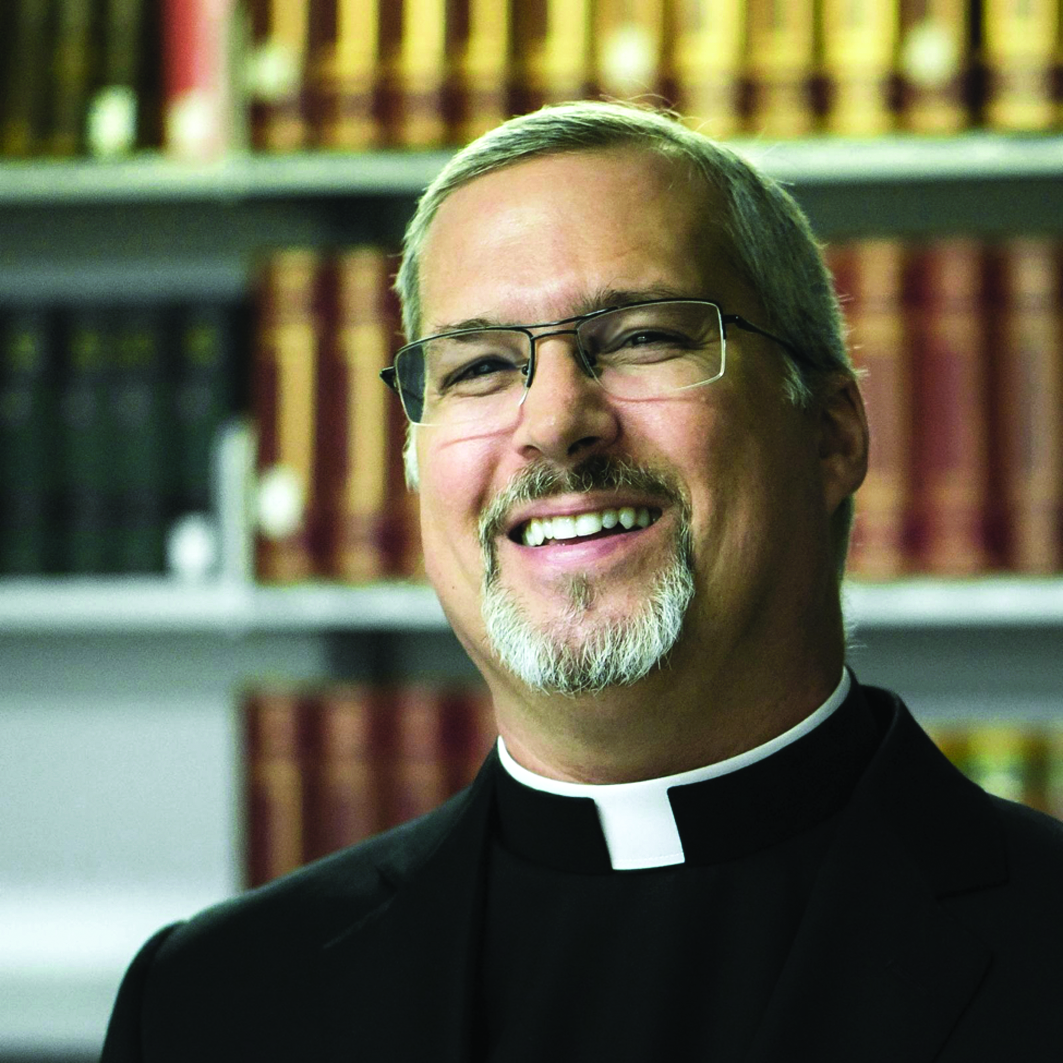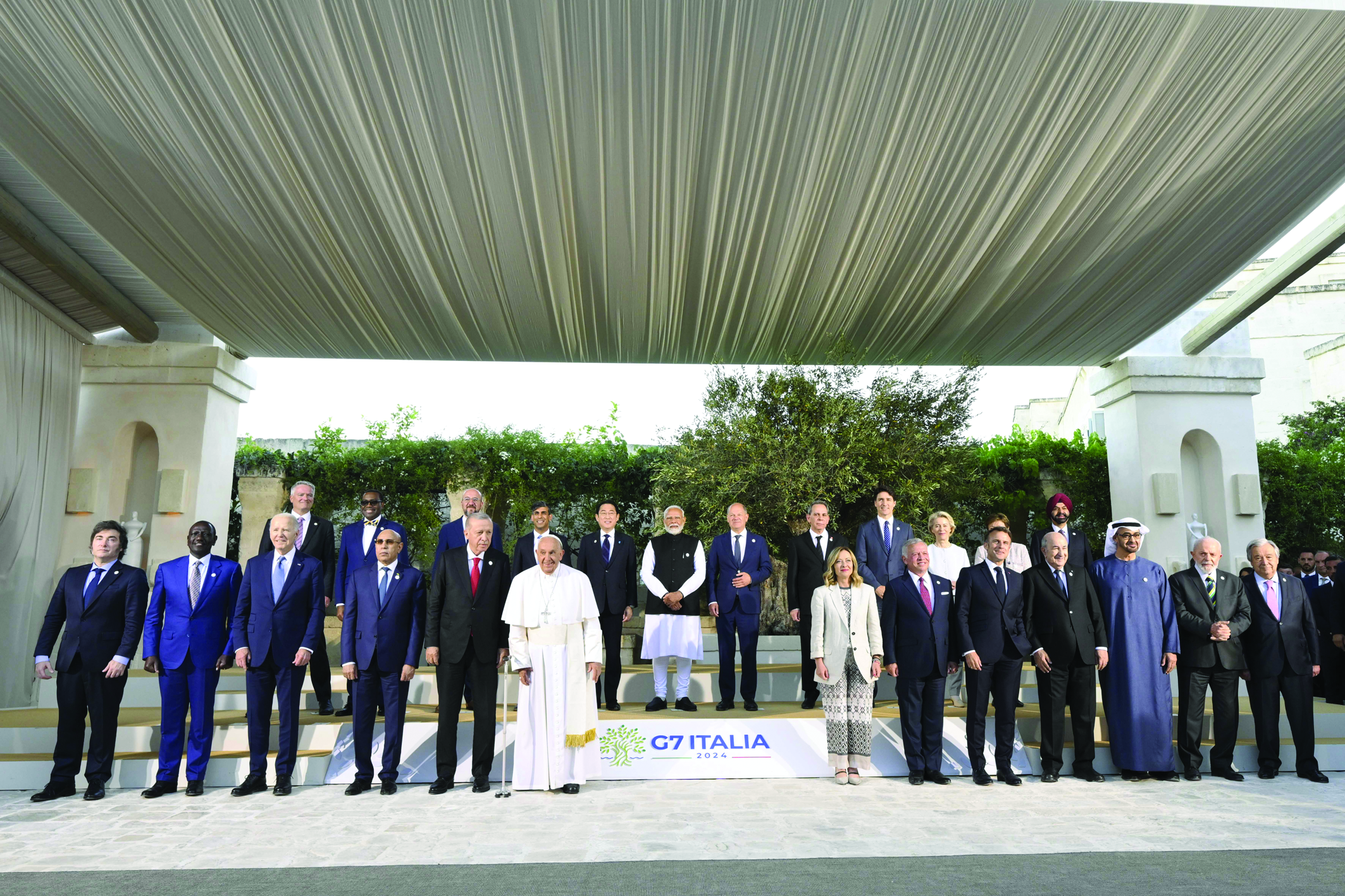By Courtney Mares (CNA)

Pope Francis discusses with Cardinal Mario Grech the secretary general of the Synod of Bishops, and one of the chief organizers of the Synod. (Grzegorz Galaska photos)
What is the Synod on Synodality?
The Synod on Synodality, initiated by Pope Francis in October 2021, is a multiyear, worldwide undertaking during which Catholics were asked to submit feedback to their local dioceses on the question “What steps does the Spirit invite us to take in order to grow in our ‘journeying together?’”
The Catholic Church’s massive synodal process had already undergone diocesan, national, and continental stages. It culminates in two global assemblies at the Vatican. The first just took place Oct. 4–28 and the second will be in October 2024 to advise the Pope on the topic: “For a Synodal Church: Communion, Participation, Mission.”
What does synodality mean?
Synodality was defined by the Congregation for the Doctrine of the Faith’s International Theological Commission in 2018 as “the action of the Spirit in the communion of the Body of Christ and in the missionary journey of the people of God.”
The 2021 synod preparatory document described synodality as “the form, the style, and the structure of the Church.”
What are the documents of the Synod on Synodality?
On June 20, the Vatican issued a working document containing 15 worksheets called the Instrumentum Laboris to guide the discussions at the first global assembly of the Synod on Synodality.
This new Instrumentum Laboris, written by a committee of 22 people, has been presented as a synthesis of the eight final documents produced by the continental assemblies that met in the first months of 2023.
Discussions at the seven continental assemblies were based on an earlier 44-page working document referred to as the DCS (Document for the Continental Stage) published in October 2022 titled “Enlarge the Space of Your Tent.”
The DCS was described by its authors as a summary of the more than 100 summary reports shared with the Vatican by bishops’ conferences, religious congregations, departments of the Roman Curia, lay movements, and other groups and individuals.
Local dioceses organized their synod discussions using the vademecum, or handbook, and the preparatory document issued by the General Secretariat of the Synod in 2021.
How was the Instrumentum Laboris be used in the October synod assembly?
The 50-page Instrumentum Laboris is divided into two sections. The first summarizes insights from the continental assemblies and outlines what a synodal Church is and how it should proceed. The second section is a series of 15 worksheets with questions for discernment.
The worksheets were used to guide the small-group discussions of the October assembly in the Paul VI Hall. The small groups, also called Circuli Minores, alternated with plenary sessions where all synod participants are together.
The last part of the October gathering focused on deciding the Church’s next steps and “the necessary in-depth theological and canonical studies in preparation” for a second assembly in October 2024.
What were the main questions that the Synod on Synodality was to answer?
Here are the three overarching questions defined by the 2023 Instrumentum Laboris:
How can we be more fully a sign and instrument of union with God and of the unity of all humanity?
How can we better share gifts and tasks in the service of the Gospel?
“What processes, structures, and institutions in a missionary synodal Church?”
The main objective of the first session in October, according to the Instrumentum Laboris, was to design a plan of study in a “synodal style” and to indicate who will be involved in those discussions. Discernment will be “completed” in the 2024 session of the synod.





Facebook Comments